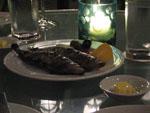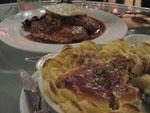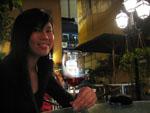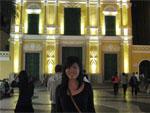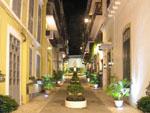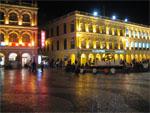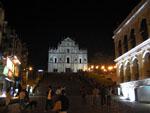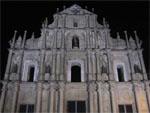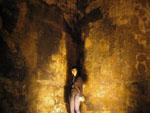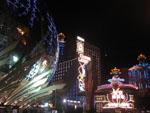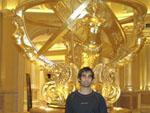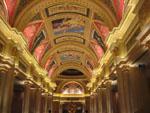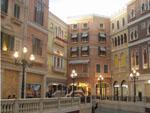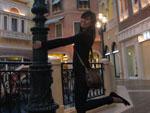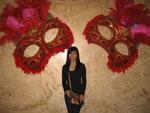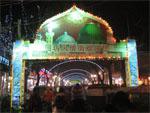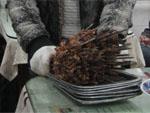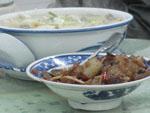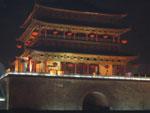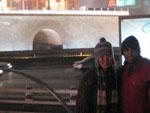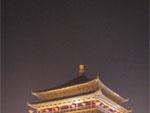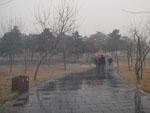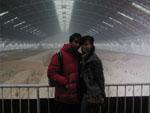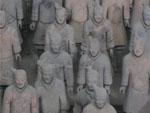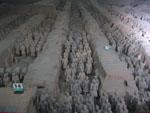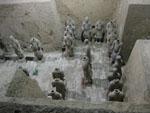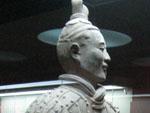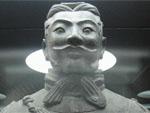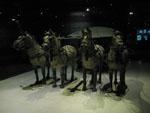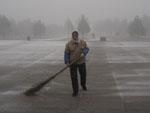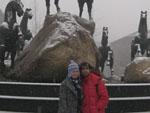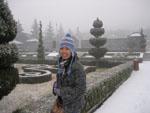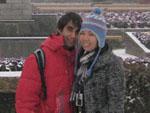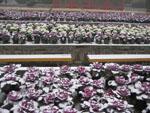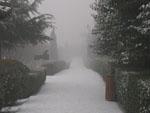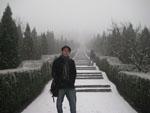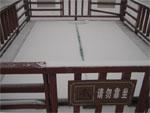Marco Polo once described Hangzhou as a city that was, beyond dispute, “the finest and the noblest in the world”. My dad, a great appreciator of Chinese history, had also spoken to us of Hangzhou’s beauty, culture and glorious history so it is safe to say we had high expectations of this city.
By the time we had left Shanghai, half of our group had completed their leg of the trip so it was just five of us remaining. I will never forget our taxi ride to the train station. We had underestimated the length of time it would take to get to the Shanghai Railway Station from our hotel and were blessed to have found a helpful, quick but sane taxi driver. We arrived at the station just in time, and gratefully tipped the stressed driver, who had given us all a lecture about allowing enough time to travel during Shanghai’s peak traffic.
The train ride from Shanghai to Hangzhou was fast, smooth and prompt. We arrived tired but were pleasantly surprised to find our hotel was comfortable and had internet access.
West Lake
Our first full day in Hangzhou was slightly disappointing. Our hotel was located very close to the famous West Lake so we planned to walk there and spend a day exploring the area. Much to our dismay, the city was suffering from extremely foggy weather and the lake was barely visible. Unwilling to declare defeat, we continued walking around the lake taking photos, hoping that the fog would subside, but it did not.
Travis and I walked around the city centre, as there was not much else we could do.
That night we had noodles and wandered around the city once again. We had an interesting time trying to communicate with a pharmacist whilst searching for Panadol. She had a tiny English-to-Chinese cheat sheet which had the symptoms written in English (e.g. sore head, tummy ache) and the corresponding Chinese medication next to it. Slightly concerned about the potential communication breakdown, we opted to continue looking.
My favourite part of the day was by far our visit to the night markets behind our hotel. I had curiously observed the hustle and bustle of the markets the night before from our room window. Turned out to be the best markets we had been to in China! There were a lot of brilliantly hand crafted goods, the standard designer bag, purse and keyring copies, and lots of kooky knick knacks. Plenty of locals around the place indicated that prices could be bargained to reasonable amounts.
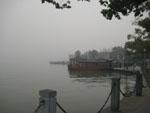
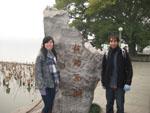
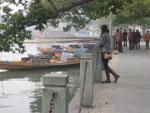
Liuhe Pagoda (Six Harmonies Pagoda)
Travis and I decided that we would organise a driver to take us to a number of key sites during our second day. We organised it with our hotel, and agreed with the driver that he would take us to 3-4 places in 4 hours and then drop us off at the Hangzhou airport, all for RM300. Turned out to be a great deal.
Our first stop was the marvellous Liuhe Pagoda. We were literally the first tourists to arrive, and had the place to explore for ourselves. The pagoda faces the Qiantang River (which we could hardly see due to the persistent fog), and was constructed during the Northern Song Dynasty (960-1127 AD) for navigational aid purposes for ships.
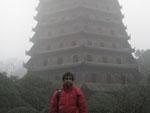
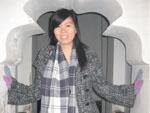
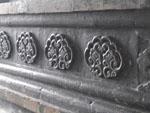
Tea Plantations and Longjing Tea (Dragon Well Tea)
We drove a good 20 minutes further to arrive at the famous tea plantations of Longjing. This region is said to produce some of the most famous, finest green tea in China and thus we decided we would sample some of this tea. Our driver brought us to what we hoped was the famous Dragon Well Teahouse.
I had brought along plenty tourist guides/brochures and my invaluable Lonely Planet which recommended tea tasting at the Dragon Well Teahouse, but the driver insisted that the Teahouse had long closed and the residential house which he had brought us to was now the infamous tea producing location of all of Hangzhou.
With much reluctance to try the tea, Travis and I sampled the Longjing tea provided to us by a lady. She pushed us to purchase RM500 worth of tea to bring back for our families. We resisted, stating the tea was not to our taste. We were unsure we were even drinking Longjing tea. After we expressed our frustration at being not brought to our desired Teahouse, and after she expressed her frustration of not being able to sell anything to us, we left the house. What an experience!
On the way out of the region we stopped at what appeared to be an old Teahouse village in renovation. We spent an hour exploring the village, taking photos and satisfying our tea desires.
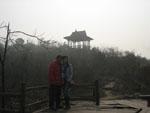
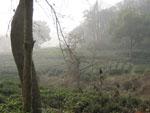
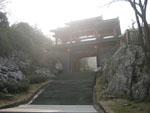
Lingyin Temple
Next was the Lingyin Temple, a Buddhist temple famous for its religious rock carvings. This place was quite amazing, and we spent quite some time exploring the numerous caves filled with rock carvings dating back from the Song Dynasty. We also visited the Hall of the Heavenly Kings, the entrance of the Lingyin temple itself. The temple is one of the largest and wealthiest in China.
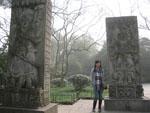
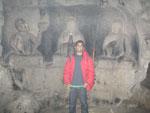
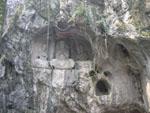
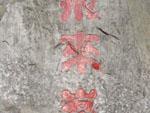
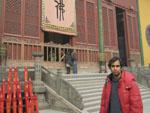
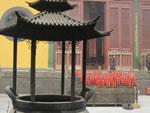
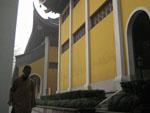
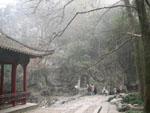
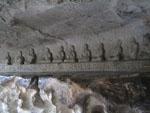
Leifeng Pagoda
With a bit of time up our sleeves, we decided to make a trip back to West Lake to visit the Leifeng Pagoda. Leifeng Pagoda is one of the ten sights of the West Lake and is famous for the Legend of the White Snake, a story of a scholar who falls in love with a beautiful woman, unaware she is a white snake. The white snake is cast into the Pagoda by a Taoist monk.
A popular tourist attraction, the Pagoda has been renovated to allow for escalators up to the Pagoda, and lifts inside it.
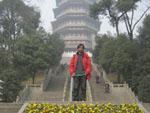
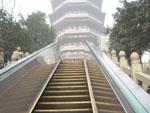

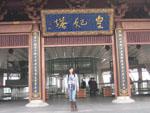
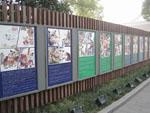
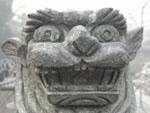
Despite the unfortunate weather, Hangzhou turned out to be an interesting experience and a fascinating place to visit. It would be lovely to visit again during the Spring.




































































































